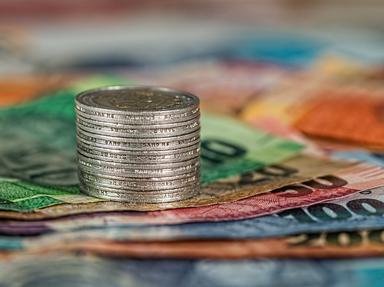Quiz Answer Key and Fun Facts
1. One Cent Coin (1937-2012)
2. Five Cent Coin (1937-1942, 1946-present)
3. Five Cent Coin (1943-1945)
4. Ten Cent Coin (beginning 1937)
5. Twenty Five Cent Coin (beginning 1937)
6. Fifty Cent Coin (beginning 1959)
7. One Dollar Coin (1935-1986)
8. One Dollar Coin (1987-2003)
9. Two Dollar Coin (1996-2012)
10. Five Dollar Coin (1912-1914)
Source: Author
bernie73
This quiz was reviewed by FunTrivia editor
Bruyere before going online.
Any errors found in FunTrivia content are routinely corrected through our feedback system.

